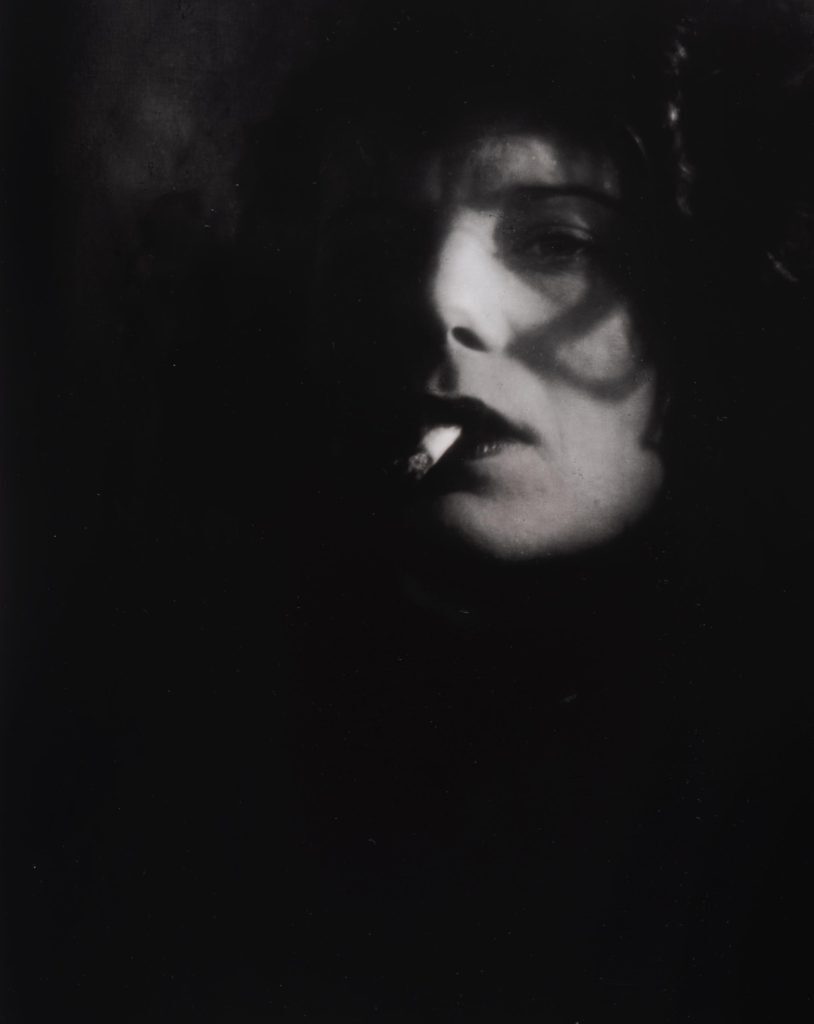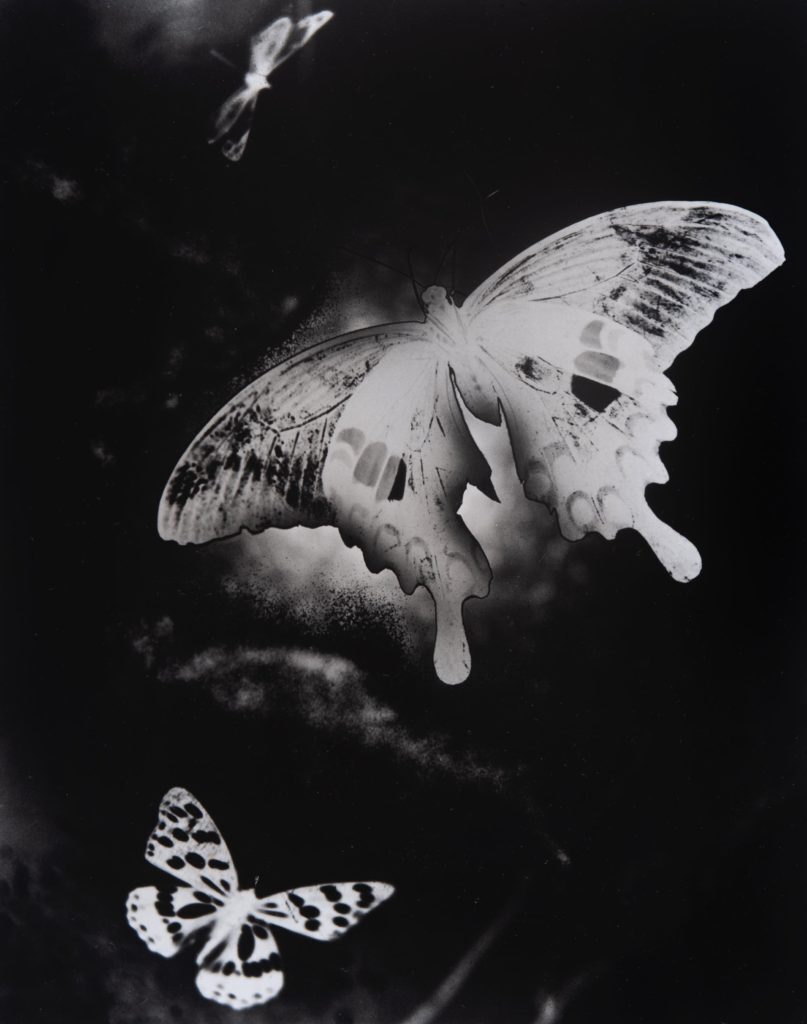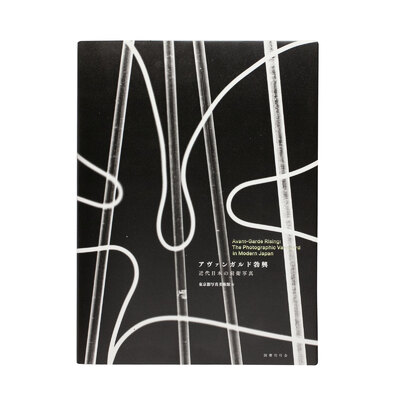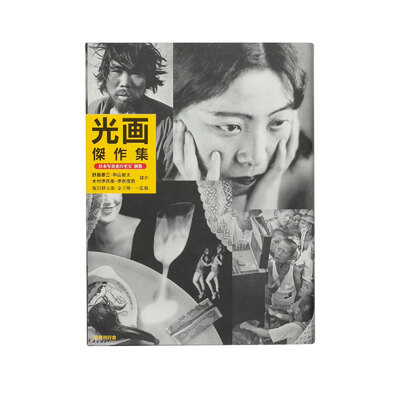Iwata NAKAYAMA
中山岩太
Nakayama was born in Yanagawa City, Fukuoka Prefecture. He was a student in the first generation of the photography department of the Tokyo Fine Arts School (now Tokyo University of the Arts) and graduated with top honors in 1918. In November of the same year, he went to the United States as an overseas business trainee for the Ministry of Agriculture and Commerce. After studying at California State University, he moved to New York City and worked as an assistant at Kikuchi Toyo’s photography studio. In 1921, he established his own studio, Lacan Studio. While in New York, he interacted with traditional Japanese Butoh dancers, painters, and other artists, taking many stage photographs and portraits. He also took many photographs of Manhattan buildings, street corners, and Central Park. He met an French Indian dancer and choreographer, Nyota Inyoka, who encouraged him to go to France.
In 1926, Nakayama sold Lacan studio and moved to Paris with his wife, Masako. Nakayama was associated with social circles that included many artists who were attracted to Paris and its growing influence as the center of modern art including Foujita Tsuguharu, Ebihara Kinosuke, Man Ray, and Kiki, who were living there at the time. He also became acquainted with the Futurist writer Enrico Prampolini and photographed his theater performances. In 1927, Nakayama returned to Japan after crossing the continent on the Trans-Siberian Railway, and in 1929, he opened a studio in Ashiya, Japan, modeled after his Paris studio. In 1930, he founded the Ashiya Camera Club in collaboration with Hanaya Kanbei and Beniya Kichinosuke, amongst others. The club and the Tampei Photo Club in Osaka were pivotal hubs for the Kansai region’s avant-garde and New Photography Movement. He solidified his recognition when his Fukutsuke Tabi won first prize at the inaugural International Advertising Photography Exhibition sponsored by Asahi Shimbun newspaper. In 1936, he was appointed to the photography office of the Kobe Daimaru Department Store.
Nakayama’s unique aesthetic and skillful composition using multiple negatives, objects, and materials is evident through his world of works. He excelled in photo montage techniques with images generated from diverse materials such as photo print cut-outs, daily objects, plants, flowers, butterflies, and shells, which were meticulously compiled through his custom-made photographic apparatuses. In an article titled “Decoration” in the January 1938 issue of Camera Club, he wrote, “I have a deep appreciation for beauty. But in moments where beauty may seem elusive, I am driven to create it and bring it into existence, even if I am forced to fabricate it. For me, a photograph is not a part of nature, nor is it a slice of reality… It is merely just a single photograph.”
In 1932, Nojima Yasuzo approached the notable photographer to collaborate with Kimura Ihei on a groundbreaking project – the first issue of Kōga, a publication dedicated to promoting photographic art. Over a year and a half, Nakayama devoted himself to the editing process, imbuing his deep passion for the medium into each of the 18 issues released. Not only was he deeply involved in the editorial aspect of the project, but he also showcased a significant number of his works within its pages.
During the war, the Japanese government conscripted numerous photographers to produce national propaganda, sending Nakayama and Kimura to Manchuria. However, according to the testimony of Kimura Ihei, Nakayama defied expectations and returned to Japan without capturing images that perpetuated the Japanese government’s political ideology. This bold display of independence and refusal to be beholden to official narratives. Tragically, he passed away in 1949 at the age of 53 due to a sudden cerebral hemorrhage, leaving a legacy as a photographer steadfast in his convictions.
Publications
2000 - 328 Outstanding Japanese Photographers, Tankosha Publishing,
2005 - Biographic Dictionary of Japanese Photography, Nichigai Associates
1995 - The Founding and Development of Modern Photography in Japan, Tokyo Photographic Art Museum,
2022 - Avant-Garde Rising: The Photographic Vanguard in Modern Japan, Exhibition Catalog, Tokyo Photographic Art Museum, Kokushokankokai Inc




